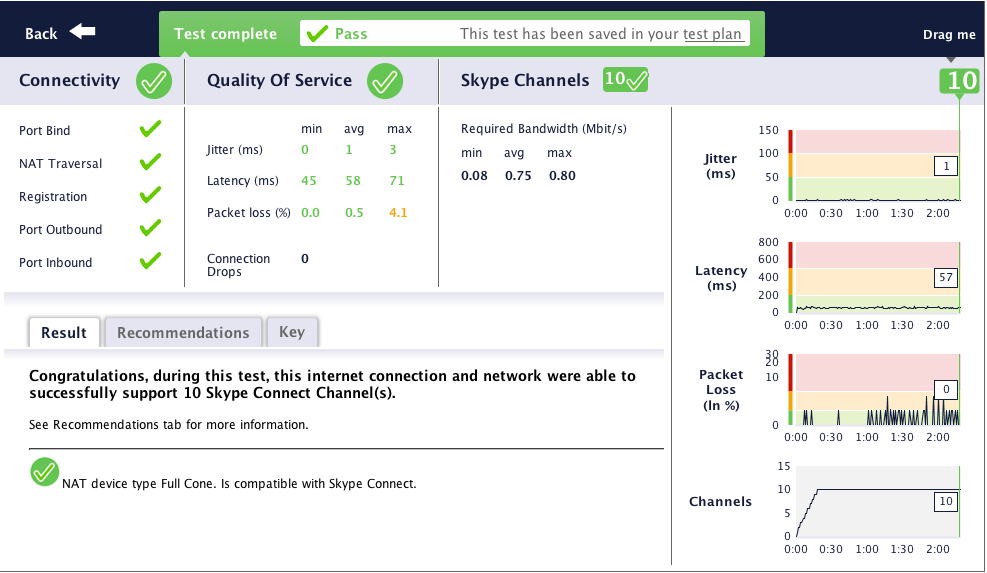A story in Wired dated December 17th reports on a webinar presented by Allot Communications and Openet.
A slide from the webinar shows how network operators could charge by the type of content being transported rather than by bandwidth:
In an earlier post I said that strict net neutrality is appropriate for wired broadband connections, but that for wireless connections the bandwidth is so constrained that the network operators must be able to ration bandwidth in some way. The suggestion of differential charging for bandwidth by content goes way beyond mere rationing. The reason this is egregious is that the bandwidth costs the same to the wireless service provider regardless of what is carried on it. Consumers don’t want to buy content from Internet service providers, they want to buy connectivity – access to the Internet.
In cases where a carrier can legitimately claim to add value it would make sense to let them charge more. For example, real-time communications demands traffic prioritization and tighter timing constraints than other content. Consumers may be willing to pay a little bit more for the better sounding calls resulting from this.
But this should be the consumer’s choice. Allowing mandatory charging for what is currently available free on the Internet would mean the death of the mobile Internet, and its replacement with something like interactive IP-based cable TV service. The Internet is currently a free market where the best and best marketed products win. Per-content charging would close this down, replacing it with an environment where product managers at carriers would decide who is going to be the next Facebook or Google, kind of like AOL or Compuserve before the Internet. The lesson of the Internet is that a dumb network connecting content creators with content consumers leads to massive innovation and value creation. The lesson of the PSTN is that an “intelligent network,” where network operators control the content, leads to decades of stagnation.
In a really free market, producers get paid for adding value. Since charging per content by carriers doesn’t add value, but merely diverts revenue from content producers to the carriers, it would be impossible in a free market. If a wireless carrier successfully attempted this, it would indicate that wireless Internet access is not a free market, but something more like a monopoly or cartel which should be regulated for the public good.


